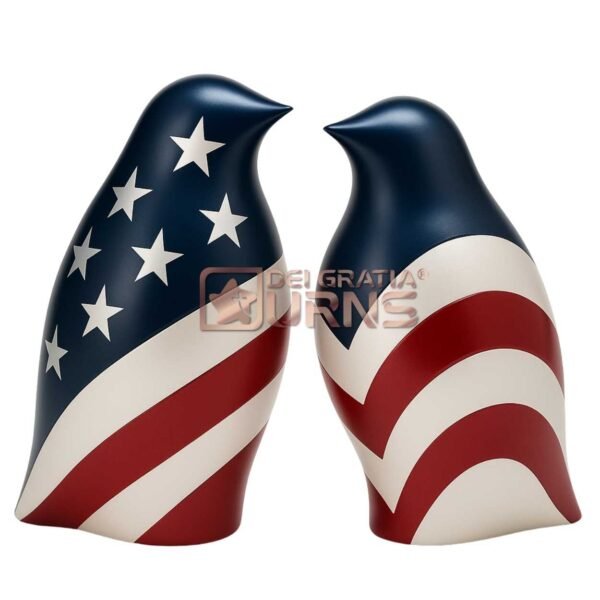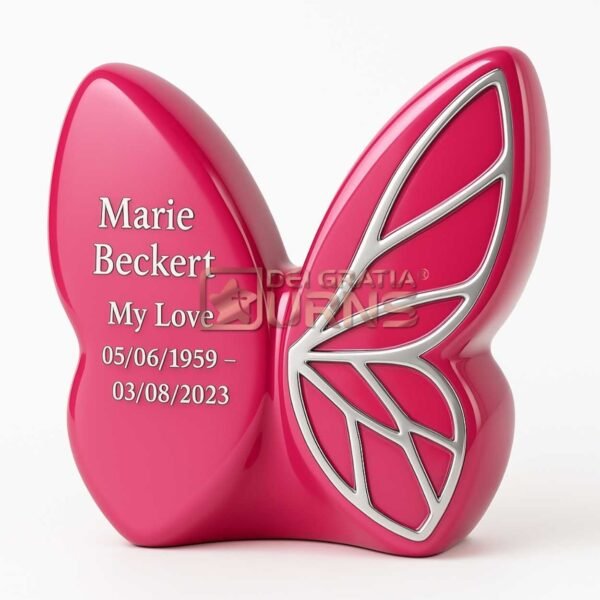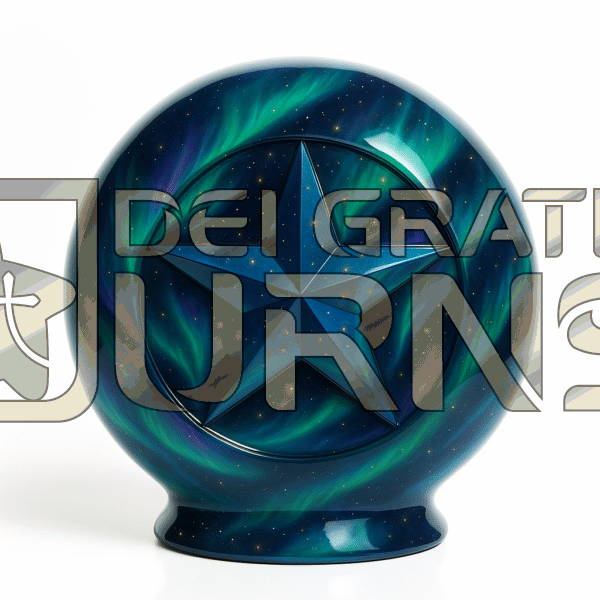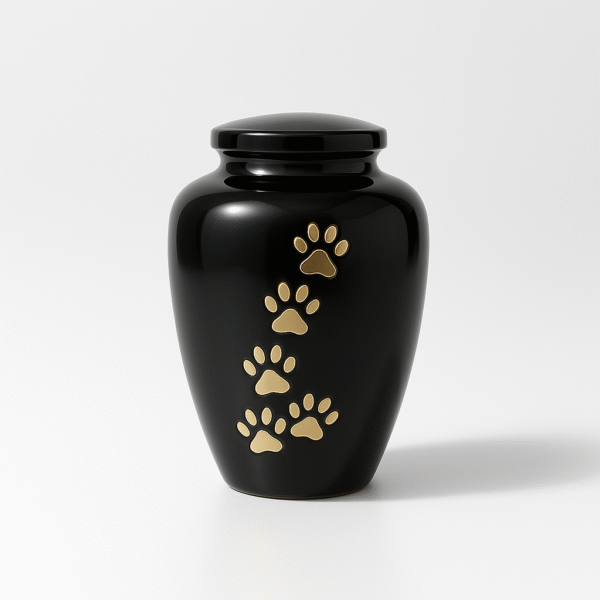What Is Cremation Urns, 17 Emotional, Cultural, and Practical Facts No One Told You About Ashes

When someone we love dies, we don’t just lose their body—we lose their smell, their voice, their warmth, and the invisible ways they anchored us to this world. In cremation, that sense of loss is compressed into something tangible: ashes.
Table of Contents
And then we are asked to place those ashes somewhere.
What do you choose?
What shape should their memory take?
What will make you feel they’re still near, even in their absence?
The answer often begins with a simple object holding profound meaning: the cremation urn.
This article, lovingly crafted for families by Dei Gratia Urns, explores 13 hidden truths about cremation urns—what they are, why they matter, and how they turn ashes into comfort, culture, and healing.
1. Cremation Urns Are as Old as Humanity Itself
The practice of cremation—and the use of urns—dates back to Neolithic times. According to archeologists, some of the oldest known funerary urns were found in China, Greece, and Italy, used to store the ashes of warriors, elders, and nobility.
Back then, urns were made of clay or stone, hand-shaped with reverence. They weren’t about utility; they were sacred.
Even today, when you hold an urn, you’re participating in something ancient. Something human.
2. Cremation Urns Are Not Just Containers—They’re Symbols
Yes, urns physically hold ashes. But more importantly, they symbolize memory.
They say:
- “This life mattered.”
- “I carry you with me still.”
- “Love doesn’t disappear with the body.”
From the moment you place ashes inside, the urn becomes sacred. Whether it’s kept on a shelf, buried under a tree, or divided into jewelry—it’s no longer just an object. It’s presence.

3. Ashes Are Surprisingly Light—and Heavy With Meaning
Cremated remains of an adult weigh between 3–7 pounds, depending on body size and bone density.
But emotionally, they feel much heavier.
Many who hold urns for the first time are startled by the visceral reaction they have—some weep, others go quiet, and some hold it tightly, as if they are hugging the person once more.
Dei Gratia Urns designs containers that respect that weight—physically balanced, emotionally safe.
4. There Are 6 Main Types of Cremation Urns—And Each Serves a Purpose
Choosing the wrong type can lead to regret later. Here’s what families should know:
- Traditional Urns: Hold all of a person’s ashes. Ideal for display or burial.
- Keepsake Urns: Hold a small portion; good for sharing among family.
- Biodegradable Urns: Designed to break down naturally in water or soil.
- Scattering Urns: Made for ceremonial ash scattering in nature.
- Jewelry Urns: Necklaces, rings, or bracelets containing a pinch of ash.
- Companion Urns: Larger urns for couples—often spouses.
Dei Gratia Urns offers each type—with sizing, sealing, and engraving guides to make sure families choose without fear.

5. Customization Can Turn an Urn Into a Love Letter
Modern urns can be engraved with:
- Full names
- Dates of birth and passing
- Personal quotes or inside jokes
- Religious texts
- Fingerprints
- Artwork or symbols
Some even opt for photo urns—with a space to insert a favorite image.
In customizing the urn, you transform it from a vessel of loss to a legacy of love.
6. Cremation Urns Are Used in Every Culture—With Beautiful Differences
While many associate urns with Western cremation, their use spans every continent:
- Hinduism: Ashes are scattered in sacred rivers after being stored briefly in urns.
- Buddhism: Urns are sometimes kept in homes or monasteries.
- Shinto (Japan): Families keep urns in memorial altars for years.
- Catholicism: Increasingly open to urns, especially for columbarium placement.
- Modern Judaism: While Orthodox traditions avoid cremation, Reform movements may use urns with reverence.
Understanding this diversity helps us see that urns are not morbid—they are sacred across cultures.

7. Scattering Ashes? You May Still Want to Keep Part of Them
Even if your loved one wanted their ashes scattered in the Pacific Ocean, on a mountaintop, or across family land, many families choose to keep a small portion of ashes.
This can be done through:
- Keepsake urns
- Lockets
- Mini photo boxes
- Decorative candles containing ash
- Small plantable urns
It allows scattering to be symbolic—without losing every physical trace.
8. Cremation Urns Can Support Eco-Friendly Memorials
With growing awareness around green funerals, urns have evolved into earth-friendly tools.
Biodegradable urns from Dei Gratia Urns are made of:
- Salt (dissolves in water)
- Sand (breaks down in soil)
- Plant fibers (grows into trees)
- Recycled paper (fully compostable)
These urns serve both the deceased and the Earth, turning memory into living tribute.
Staff picks
9. You Can Legally Travel With an Urn—Here’s How
Many families fly to scatter ashes or conduct destination memorials. It’s legal—but there are rules:
- Use a TSA-compliant urn (non-metal, scannable material like wood or plastic)
- Carry the cremation certificate and death certificate
- Keep ashes in your carry-on, not checked luggage
- Call airlines in advance for approval
Dei Gratia Urns offers airline-approved urns and protective shipping boxes to help your journey be smooth and respectful.
10. Urns Can Live in Your Home—Without Disrupting Your Healing
Some families worry that keeping an urn at home will prolong grief or feel morbid.
But psychologists say otherwise.
According to grief therapy research, urns often help:
- Ground people in rituals
- Allow healthy conversations with the deceased
- Offer a space to weep, remember, and smile
- Keep the memory active in everyday life
The urn becomes not a wound—but a window.
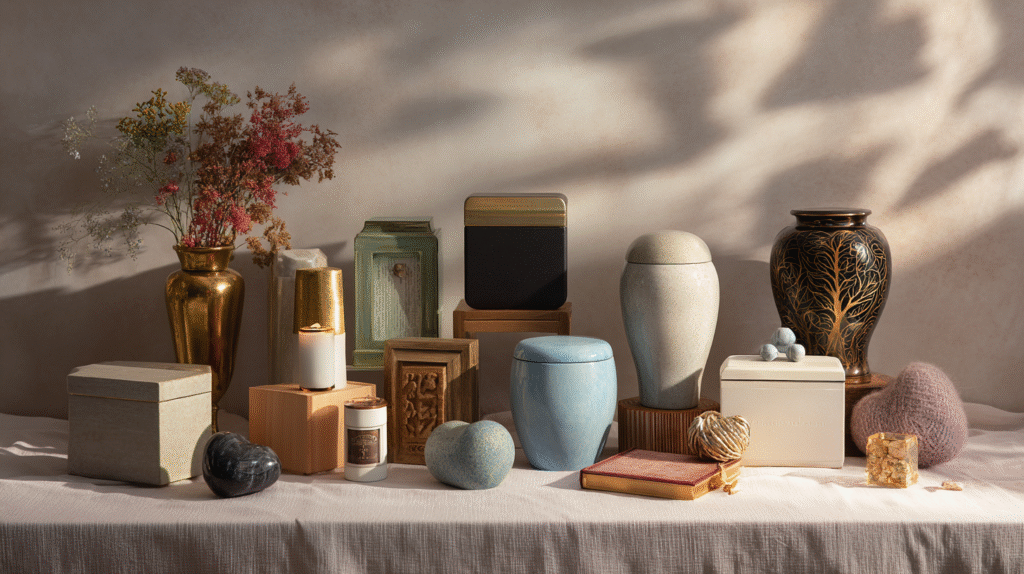
11. Pet Cremation Urns Are a Growing Part of the Healing Journey
Dogs, cats, birds—even hamsters—hold permanent places in our hearts.
And when they pass, the grief is real.
Pet cremation urns often come in:
- Paw print motifs
- Bone-shaped boxes
- Personalized figurines
- Outdoor-safe stones for gardens
Dei Gratia Urns allows customers to customize pet urns just like those for humans—because grief is grief.
12. Cremation Jewelry Lets You Carry Memory Daily
For those who don’t want an urn on display—or want to keep ashes close to their body—cremation jewelry offers a profound solution.
These tiny urns can be worn as:
- Necklaces
- Rings
- Keychains
- Bracelets
- Anklets
Many are designed so subtly that no one would know—allowing grief to be both private and personal.
13. The True Meaning of a Cremation Urn Is the Story It Holds
At the end of all choices—shape, size, material, cost—the real question is:
What story will this urn tell?
The story of a life that meant something.
Of love that didn’t end.
Of hands that once held yours and memories that still live.
Urns don’t freeze grief. They give it form. They help us move forward without moving on.
And the right urn doesn’t just hold ashes. It holds everything you never want to forget.
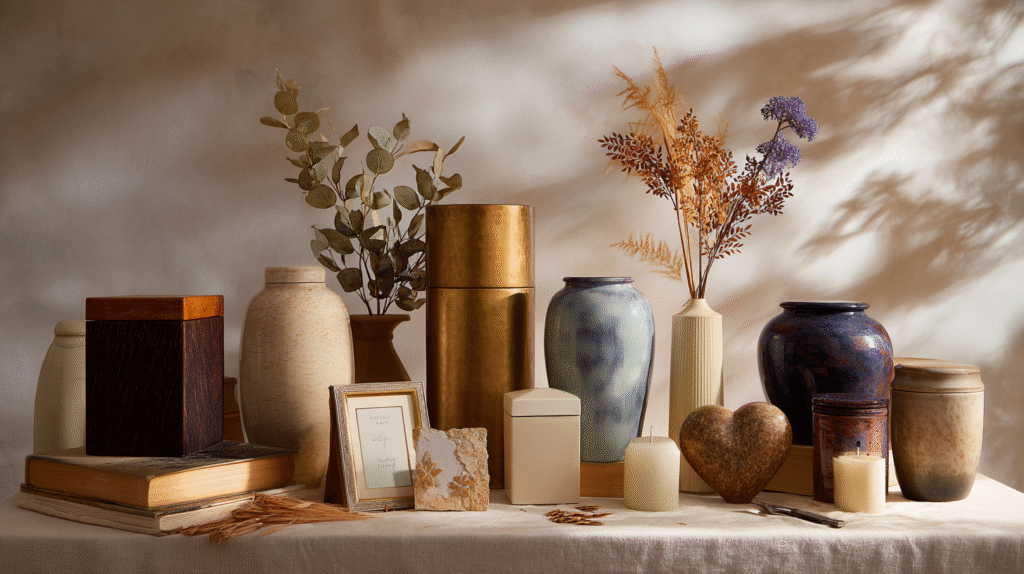
Final Words: So, What Is a Cremation Urn?
It’s not just a container.
It’s not a “product.”
It’s not a transaction.
It’s a sacred object that holds:
- Ashes
- Grief
- Story
- Healing
- Unbreakable love
And when chosen with care—like the thoughtfully crafted pieces from Dei Gratia Urns—a cremation urn becomes more than an answer.
It becomes a beginning.
Because when someone leaves, the heart still needs somewhere to hold them.
14. How Cremation Urns Support Children in Grieving
One of the most misunderstood aspects of cremation—and urns—is their role in helping children process grief.
Many adults wonder:
- “Should I tell my child there are ashes in this?”
- “Is it scary for them to see an urn?”
- “Should we keep it in a private space?”
But child grief counselors agree: transparency, when done with compassion, helps children feel included and secure. An urn, presented with gentle explanation, can become:
- A tool for conversation: “This is how we remember Grandma.”
- A safe place for expression: Drawing pictures or placing gifts beside it.
- A symbol of continuity: “Even though they’re gone, they’re still with us.”
One family who bought a butterfly-themed urn from Dei Gratia Urns told us their daughter calls it “Grandma’s light jar.” She lights a small candle beside it every night.
That’s not just healing. That’s legacy in action.
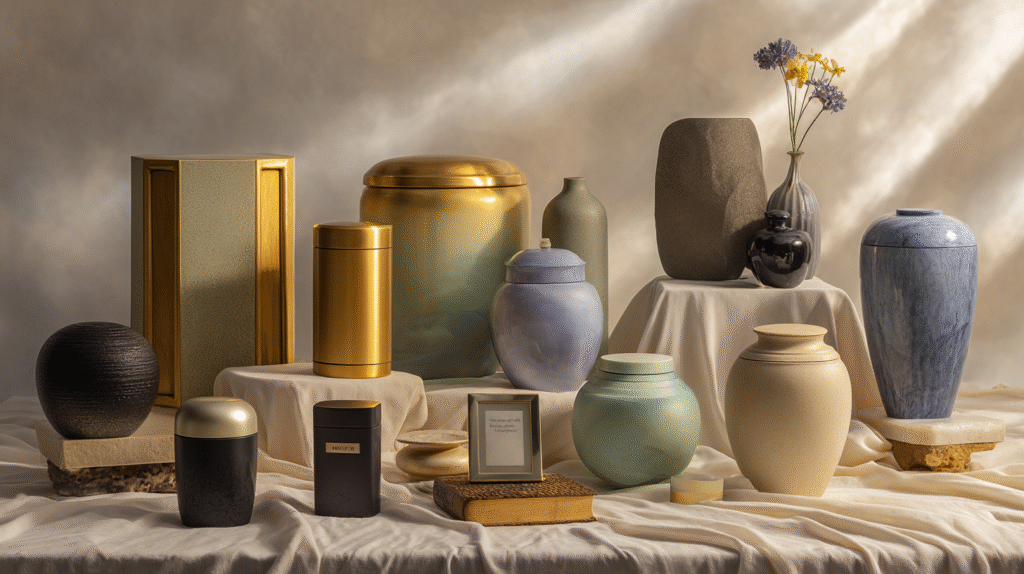
15. What to Do with the Urn Years Later: A Question No One Prepares You For
As time passes, grief changes. And so do people’s relationships with the urn.
Some feel called to:
- Bury it in a family plot after years of keeping it at home
- Pass it down to another family member
- Move it to a more visible location in the house
- Create a memorial corner with other keepsakes
Others choose to scatter the ashes later, when they finally feel ready. For these moments, urn transfer kits and professional guidance from providers like Dei Gratia Urns become invaluable.
There is no deadline for deciding what comes next. Just like grief, this decision is yours to make, on your timeline.
16. Budgeting for Cremation Urns: What Does It Really Cost to Honor Someone Properly?
Many people, especially first-time mourners, feel unsure about urn pricing. Here’s what they should know:
- Basic urns (simple metal or wood): $50–$150
- Mid-range decorative urns (engraved, handcrafted): $150–$300
- Premium designer or custom urns: $300–$1,000+
- Keepsake urn sets (multiples for family): $50–$250
- Cremation jewelry: $50–$200
- Biodegradable urns: $80–$300 depending on material
The true cost isn’t just monetary—it’s emotional. And that’s why the team at Dei Gratia Urns encourages families to shop not by budget alone, but by what feels right.
If an urn speaks to you, holds your story, and brings comfort? That’s the right one.
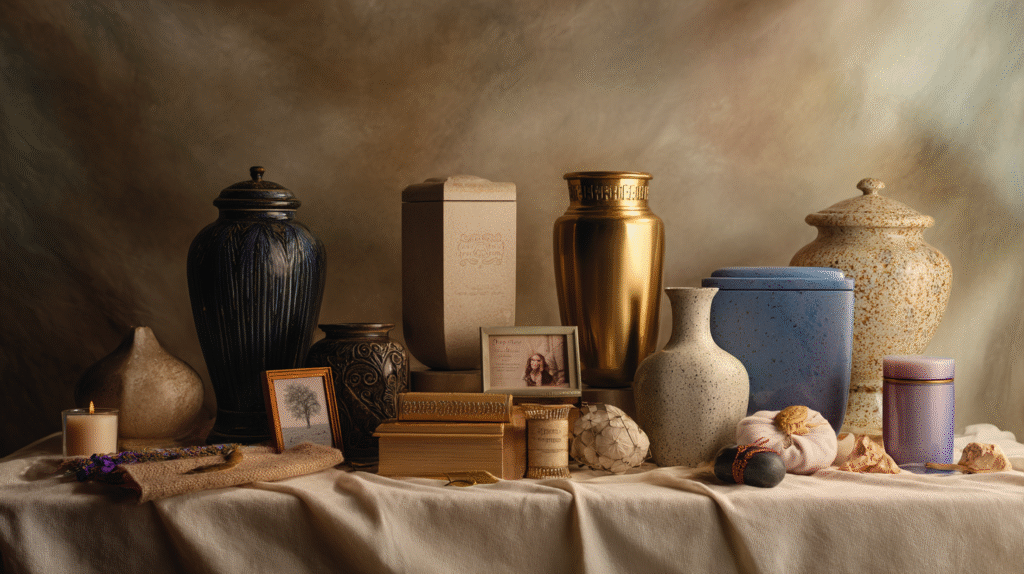
17. The Urn Is Not an Ending—It’s a Chapter You Get to Write
Perhaps the most overlooked truth about cremation urns is this:
They don’t close the book. They open a chapter.
A chapter where you…
- Light a candle every birthday
- Tell your children who’s inside
- Say “good morning” quietly when no one’s watching
- Travel with it to a place your loved one always dreamed of visiting
- Keep your grief alive—but not heavy
When families choose Dei Gratia Urns, they often tell us they expected a product—and instead found a companion for their mourning.
Because a cremation urn isn’t about death.
It’s about the life that mattered.
The love that endures.
The you that survives.

